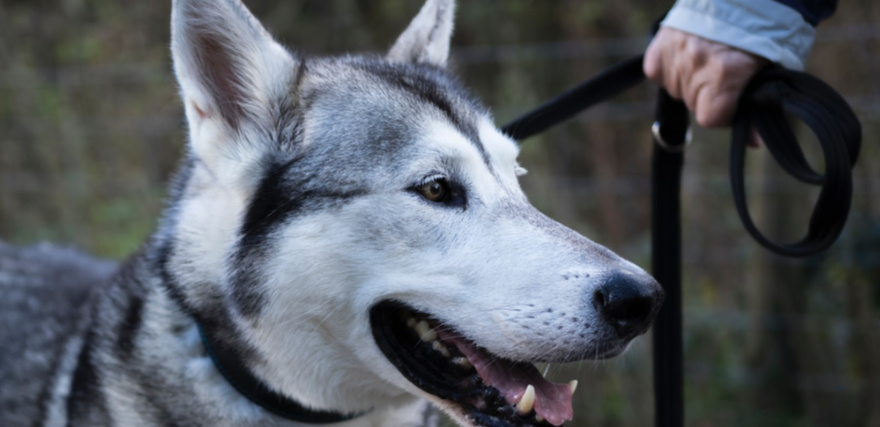Companion animals have a clinically proven role in keeping people healthier, reducing their sense of loneliness and increasing their sense of purpose. A pet’s presence gives a social worker or other mental health professional a furry ally intent on their owner’s well-being.
The role of companion animals is especially potent for aging people, says Philip Tedeschi, executive director of the Institute for Human-Animal Connection at the University of Denver. One in every five US residents will be retirement age by 2030, Tedeschi notes, and their social networks will weaken along with their health prospects.
Companion animals can augment therapeutic efforts in these ways:
They keep people healthier
The path toward helping someone with their emotional needs is more straightforward without the complications of physical health challenges.
Quiet interactions between people and their pet dogs lowers blood pressure and leads to an increase in the neurochemicals that are connected to bonding and relaxation, says Dr. Tedeschi. Studies of people who had owned a pet within the past five years showed:
- Fewer doctor visits than people who didn’t have pets
- An approximate 10% reduction in how often the people accessed health services through their general practitioners
When people spend time with their pets, their oxytocin levels rise, sometimes equating to those of mother/child interactions. From the pet’s perspective, they are just doing what pets do best: being reliable and trustworthy.
They alleviate loneliness
That reliability and trustworthiness pets show is part of how they are wired. “Evolutionary continuity” has contributed to dogs’ ability to read human faces, discern emotions and interpret body language, Tedeschi says. They are highly emotionally attuned, especially to people they know.
Research bears out the effect of pet ownership on making the world less lonely for aging people. For older adults with dementia and cognitive decline, effects of pet ownership include:
- More participation in social activities
- Increased laughter
- Higher incidence of talking with others
- More prevalent positive emotions
People with pets in general, compared to non-pet owners, have stronger support networks and are more involved in their communities.
They imbue purpose
The duty of having to provide routine care to another living being should be viewed as a “primary intervention,” says Tedeschi. Aging people who have to feed an animal, be its custodian and help the animal stay physically active end up structuring their days more constructively than they would otherwise. Pets motivate people to care about the animal’s health, which leads them to take better care of their own health.
Tedeschi says pet walking contributes to a 50% increase in social connectivity, which in turn is good for the brain health of the pet owner. Noting the book “Walk a Hound, Lose a Pound,” he says older adults who were pet owners showed a slower deterioration in their ability to perform activities of daily living than non-pet owners.
Purpose can be the key to overcoming inertia for many people. Especially for aging clients, it can get them out of the house and keep them circulating in the world. The human-animal bond, with its bi-directional needs, is good for the two-legged as well as the four-legged, says Tedeschi.
How to get involved in animal-assisted social work
No matter where you serve clients, their pets are going to be part of your world. Here are a few ways to learn more about how to integrate companion animals into your approach:
- Enroll in a certificate or degree program. Tedeschi runs an animal-assisted social work program, for example.
- Participate in a program such as Pets for Life, which helps further the human-animal bond in underserved communities.
There are around 3 million companion animals in the US. For the aging among us, these animals are much more than a sidekick or afterthought. They are lifelines that make your clients healthier, chase their loneliness away and give them a reason to exist. Feel free to tell your client’s pup a silent little “thank you” next time you see them; they’re on your team.
If you enjoyed this article, sign up for the free Social Work SmartBrief, one of more than 200 industry-focused newsletters.
Paula Kiger edits SmartBrief’s nonprofit sector newsletters and co-manages @SBLeaders on Twitter. She worked extensively in Florida’s quasi-governmental children’s health insurance program that became a national model, has served as a United Nations Foundation Shot at Life Champion leader, has proofread professionally and has extensive social media experience. You can find her at her blog Big Green Pen, on Instagram, at LinkedIn and on Twitter.
